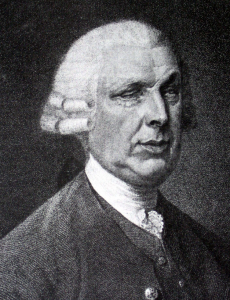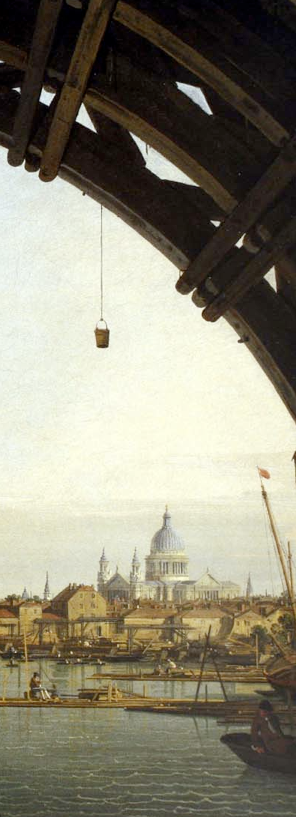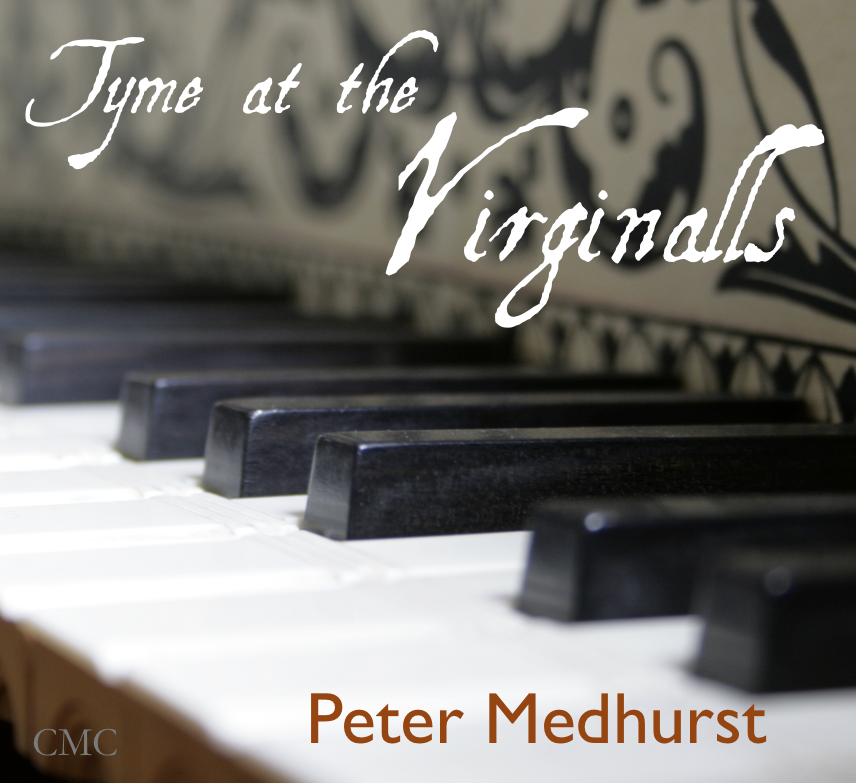Venice & London – a musical and artistic partnership
The starting point
Unless we really sit down to think about it in earnest, how many of us would ever consider that the following words – so much part of our everyday language – have sprung directly from Venice:
Arsenal, ciao, ghetto, lazaret, lagoon, lido, quarantine and regatta
The words are so much part of our culture – especially if one lives in Henley-on-Thames – that we hardly give them a second thought. They may have been Venetian words originally, but now they are very much English.
There is a very strong parallel between this and music and the arts in England, especially in the 18th century. Venetian, trends, tastes and characteristics are easily discernible in the paintings of William Marlow, Paul Sandby, James Miller and Turner, for example, as well as in the music of John Stanley, Thomas Arne, John Christian Bach and Maurice Greene. Why this should be so, and what exactly these Venetian influences are, is the rational behind the study day: Venice and London – a musical and artistic partnership.
Summery
As Venice declined, it produced ever fewer opportunities for high-grade lucrative employment and as a result, many of its native artists and musicians looked for work elsewhere. Some went south to Rome and some gravitated to Paris, Vienna, and even Madrid, but many – inspired by the constant procession of Englishmen on the Grand Tour – set their sights on the ever expanding English capitol. Through digital images, film and live examples sung and played at the piano, Peter Medhurst explores the knock-on effect of the Venetians’ stay in 18th century London and reveals how English culture took on a discernable Venetian quality that was to be detected in its art and music for many years to come.
Sample timetable with content
10.30-11.30 – Session 1
The cities of Venice and London, their histories, traditions and common links.
11.30-11.45 – Break
11.45-1.00 – Session 2
The second session looks at Venetian musicians, artists, and performers who settled in London during the course of the 18th century; it explores Canaletto and Joli’s views of London as well as works by English artists – Paul Sandby, William Marlow – who fell under the influence of Venetian artists.
1.00-2.15 – Lunch
2.15-3.30 – Session 3
A performance of music composed in London by resident Venetians, and by English composers who reflected Venetian musical characteristics in their works. Music includes: Sonata in A minor ~ B Galuppi, Signora Durestanti’s Farewell ~ M Greene, Arias from Rinaldo ~ Handel, Voluntary in D minor ~ John Stanley, and Sonata in G ~ Alberti
________________________________________
Venetian traits in John Stanley’s Organ Voluntary in D minor pub 1748
 One of the characteristics developed by early 18th century Venetian composers – Albinoni, Vivaldi, for example – was a bold, loud unison opening to first movements of their concertos, which set the tonality of the movement in place before the arrival of the soloist. This approach may cause the music to be transparent in quality, but what it lacks in depth, it makes up for in drama.
One of the characteristics developed by early 18th century Venetian composers – Albinoni, Vivaldi, for example – was a bold, loud unison opening to first movements of their concertos, which set the tonality of the movement in place before the arrival of the soloist. This approach may cause the music to be transparent in quality, but what it lacks in depth, it makes up for in drama.
This formula is used by the English composer John Stanley in his Organ Voluntary No 8 in D minor. Here, he cunningly explores the dynamic possibilities presented by multiple manuals of the organ, reserving ‘full organ’ to imitate the orchestra and ‘echo organ’ for accompaniment of the ‘solo’ voice in the right hand of the player. A bird’s eye view of the movement immediately reveals the underlying ritornello form, which is the classic structure developed by Venetian composers in the first movements of their concertos.

John Stanley: Organ Voluntary in D minor (1st Mv) played by Peter Medhurst





![The Scotish [sic] Gigg](https://petermedhurst.com/wp-content/uploads/2012/08/Peter120813untitled-shoot-2.jpg)